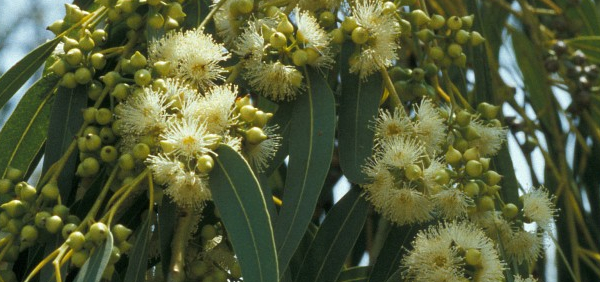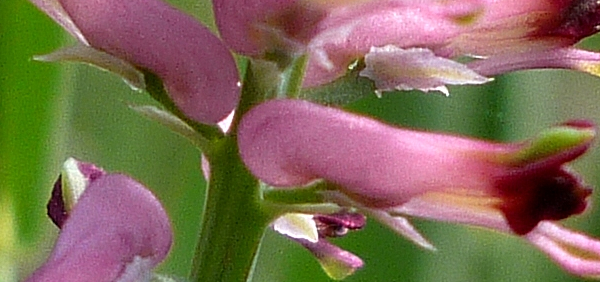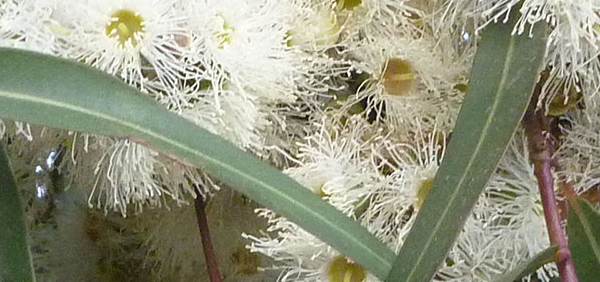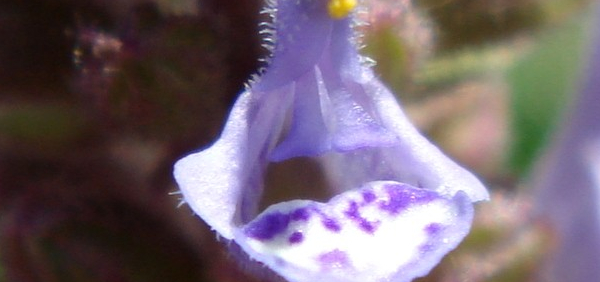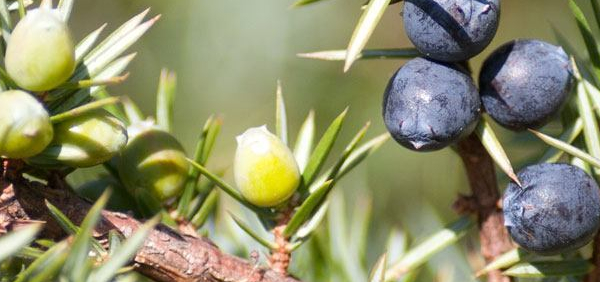indhana :

General Use:
It is an ingredient in the spirit absinthe, and is used for flavouring in some other spirits and wines, including bitters, vermouth and pelinkovac. As medicine, it is used for dyspepsia, as a bitter to counteract poor appetite, for various infectious diseases, Crohns disease, and IgA nephropathy.Therapeutic Uses:
Epilepsy, paralysis, hemiplegia, sciatica, bradycardia, loss of appetite, indigestion, gall bladder disorders, Crohns disease, DysmenorrheaSystemic Use:
Its use has been claimed to remedy indigestion and gastric pain, it acts as an antiseptic, and as a febrifuge. For medicinal use, the herb is used to make a tea for helping pregnant women during pain of labor. A dried encapsulated form of the plant is used as an anthelmintic.Administration:
Wormwood is taken in the form of infusion and decoction. The dried – pulverized herb is used for this purpose. Along with powdered herb, the extracts and tinctures in liquid or solid forms are also available which are used for oral administration. Wormwood is often combined with other medicinal herbs according to the ailment to be treated.Externally, the drug is applied for poorly healing wounds, ulcers, skin blotches and insect bites.
Pharmacological:
The herb has always been of a great botanical and pharmaceutical interest and is used in indigenous systems of medicine as a vermifuge, an insecticide, acaricide, cardiac stimulant , antispasmodic, antiseptic and diuretic, and for the treatment of chronic fevers and hepatitis, stomach aches, restoration of declining mental function and to improve memory . Its essential oil has antimicrobial, antifungal, neuroprotective , antimalarial , and antidepressant activity- » Classification and names of indhana
- » Synonyms and definitions of indhana
- » Drug Properties of indhana
- » Chemical Constituents of indhana
- » Standardization of indhana
- » Parts used and Dosage of indhana
- » Morphology and Histology of indhana
- » Distribution and Conservation of indhana
- » Cultivation of indhana
- » indhana in the market
- » Medicinal Uses of indhana
- » Researches and clinical trails of indhana
- » indhana in other sytems of medicine
- » Ayurvedic formulations with indhana
- » Images of indhana






